|
|
Bell’s Pit miners leaving the mine in 1935. Joe Metcalfe is identified as holding the handrail at the bottom of the steps. Joe lived at 14 Bell’s Huts in the 1930’s; with his wife Clara Jane and George, who was possibly his brother. Can anybody assist with names of the other miners? Margaret Stafford has advised the Archive: “I am pretty sure the 1st miner at the bottom of the stairs, smiling and looking straight at the camera) is my uncle John (known as Jack of course!) Hicks, born 1909 and then living in Wood Street Carlin How. By 1939 he was living in Loftus, still a miner; married to Mary Hebron with two sons. He died in 1977.His father and father in law were also ironstone miners as were many of my extended family around Marske, New Marske, Skelton.”
Image and details courtesy of Trevor Metcalfe (grandson of Joe Metcalfe), thanks to Margaret Stafford for the update.
A view of Cragg Hall ironstone mine viewed possibly from the road linking Brotton and Carlin How. The mine operated from 1871 to 1892, the only indication of the existence of the mine is the cottages and farm on the hillside. The mine was named after the farm, the cottages came later and after the mine closed a collection of building, which stood below the road (now a grassy field) were known as Cragg Hall cottages, they were demolished in 1966. Simon Chapman confirms our belief in the view: ”This view is from the road looking towards the sea. The two shafts shown here were south of the railway whereas the fan house (to left) was on the seaward side.”
Image courtesy of George Pearson and thanks to Colin Hart and Simon Chapman for the updates.
Bell’s pit as it was known; due to its ownership by Bell Brothers, at Carlin How. Bell Brothers were the creators of Bell’s Huts. The mine more popularly known as ”Duck Hole” (because of the very wet working conditions) was towards the end of its working life known as North Loftus Mine. Connections were made underground to Lumpsey and North Loftus Mines.
Image courtesy of the Pem Holliday Collection.
A different view of Duckhole pit taken from Carlin How.
Image courtesy of Cleveland Ironstone Mining Museum.
Crag Hall Mine, Brotton Road, Carlin How, Mrs Mary Ward was murdered here on Christmas Eve 1873. Mrs Ward who was later described as a “vagrant”, was Vessel-Cup or Wassail singing in the area at the time. She carried a small lined box containing the Virgin Mary lying in cotton-wool and surrounded by evergreens, and went from house to house unceremoniously opening every door and saying:
God bless the master of this house and the mistress also And all the bonny bairns around your table go, For it is at this time that strangers travel far and near Saying ‘I wish you a Merry Christmas and a Happy New Year!‘
After showing the occupants her box she expected (and almost always got!) a gift of money and food. On Christmas Eve she had been drinking in the Maynard Arms and was later accosted near the engine sheds in Brotton Road by several young, drunken labourers. The men proceeded to attack her, beat her and eventually threw her down the shaft (a depth of 86 yards) of Cragg Hall Mine where she was found the next day. The men concerned were apprehended and brought to justice. Street ballads of the incident were written and sung around Cleveland. The mine was abandoned in 1894.
Image and information courtesy of Joan Wiggins and others.
Bell’s pit, due to its ownership by Bell Brothers, at Carlin How, was more popularly known as ”Duck Hole” (because of the very wet working conditions), it was towards the end of its working life known as North Loftus Mine. Bells Huts in Carlin How were originally built to house the workers for this mine; with just a short walk down hill to reach it! This image was probably taken by T. C. Booth of Loftus.
Image courtesy of the Pem Holliday Collection, Carlin How Community Centre and others.
Nice photograph, taken this time from Mill Bank; Glover’s Path can be seen as can the buildings to the left centre of the image belonging to Whitecliffe mine. The old railway bridge is very clear, as are the steel works back right. Carlin How mine was known to the miners as Duck Hole owing to the wet working conditions. Simon Chapmann advises: “Duckhole closed in 1944 and in the image the headgear has been demolished. The chimney for North Loftus pit can still be seen so it is believed to be from about 1950.”
Image courtesy of several sources including Pem Holliday Collection, thanks to Simon Chapman for additional information.
Another photograph of Duckhole mine and once again we can clearly see the works on the hill, also the remains of the camp on the fields below Duckhole. Dating and the guess would be about 1930 is assisted by the bus on the road opposite.
Image courtesy of several sources.
This image is taken from a series of photographs produced by Bruce; a Loftus photographer, producing lots of images around old Cleveland. Many considered the name was emphasised because of the link to de Bruce of Skelton Castle and Kilton.
Image courtesy of several sources.
Not a very clear picture but we can make out Glover’s Path and Kilton Mill and on the hillside ’Duck Hole’ pit. It got this name because of the working conditions; it was so wet the men could be ankle deep or more in water while working down there – it’s real name was North Loftus Mine. Also to be seen in the picture are the remains of the original Whitecliffe mine. North Loftus mine was completely separate and only worked as an independent mine in the 1870s’. Later the shaft was acquired by Skinningrove Iron Co. and used to raise ironstone from Carlin How and Loftus mines, only being infilled about 1947.
Image courtesy of several sources and thanks to Simon Chapman for the additional information for this post.
|
|
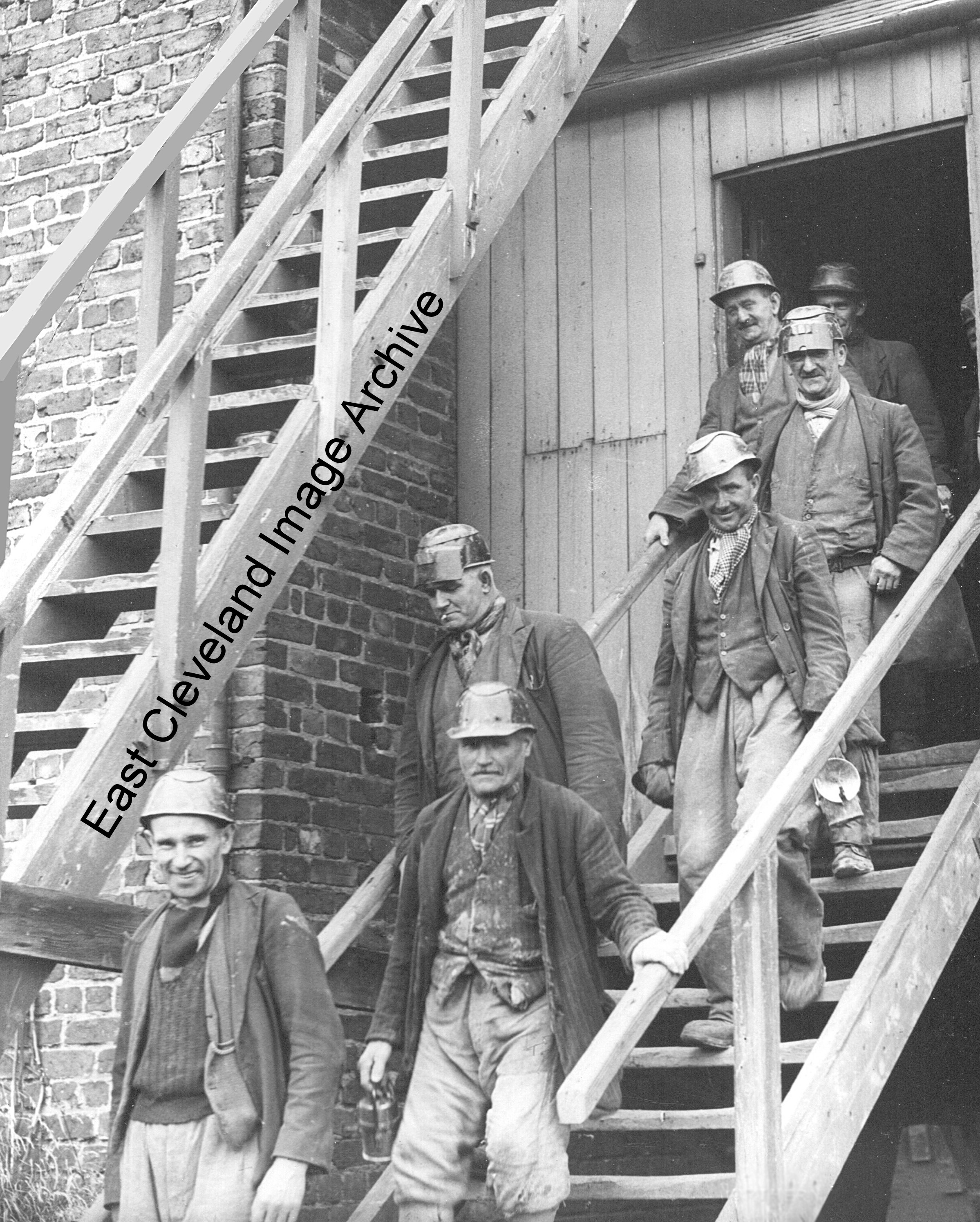
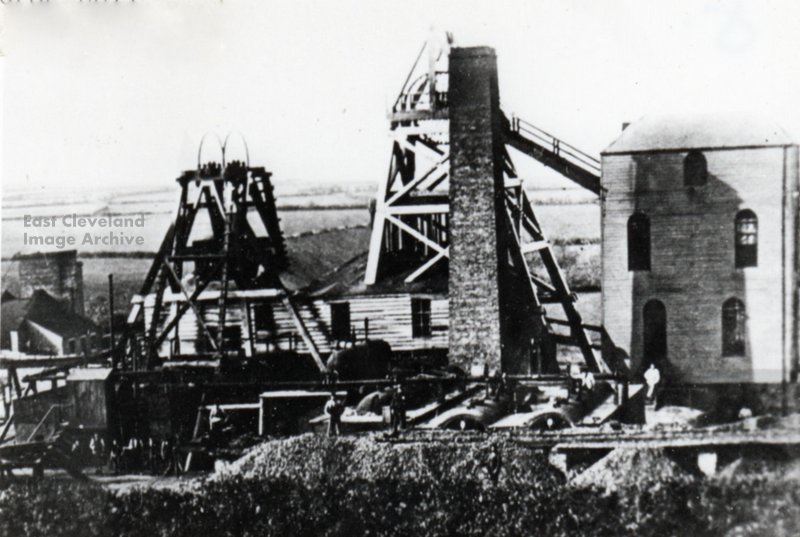
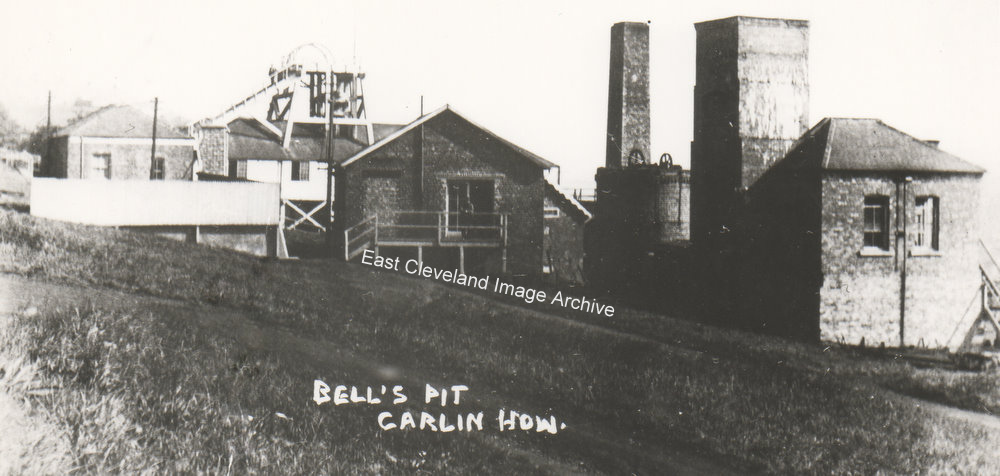
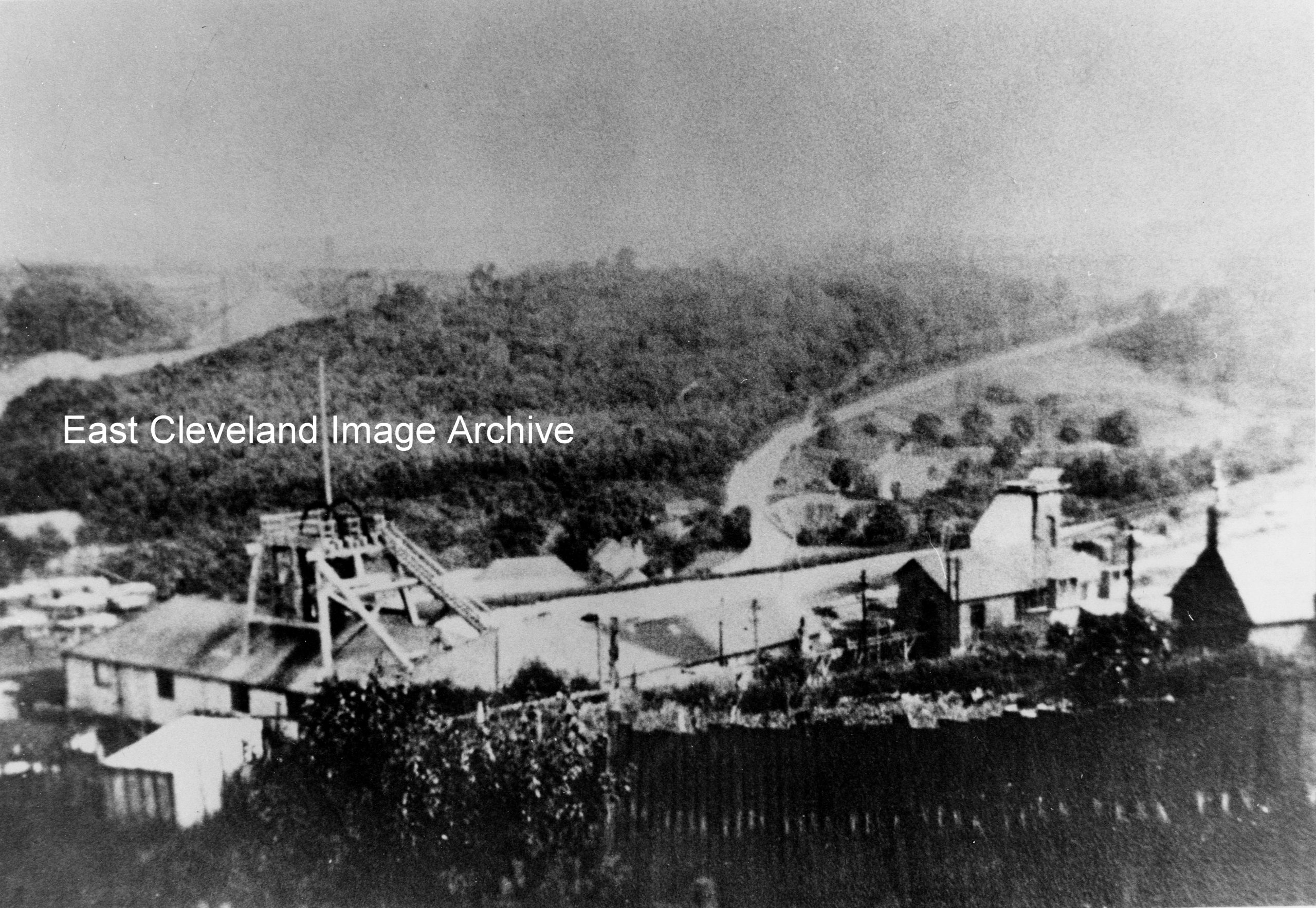
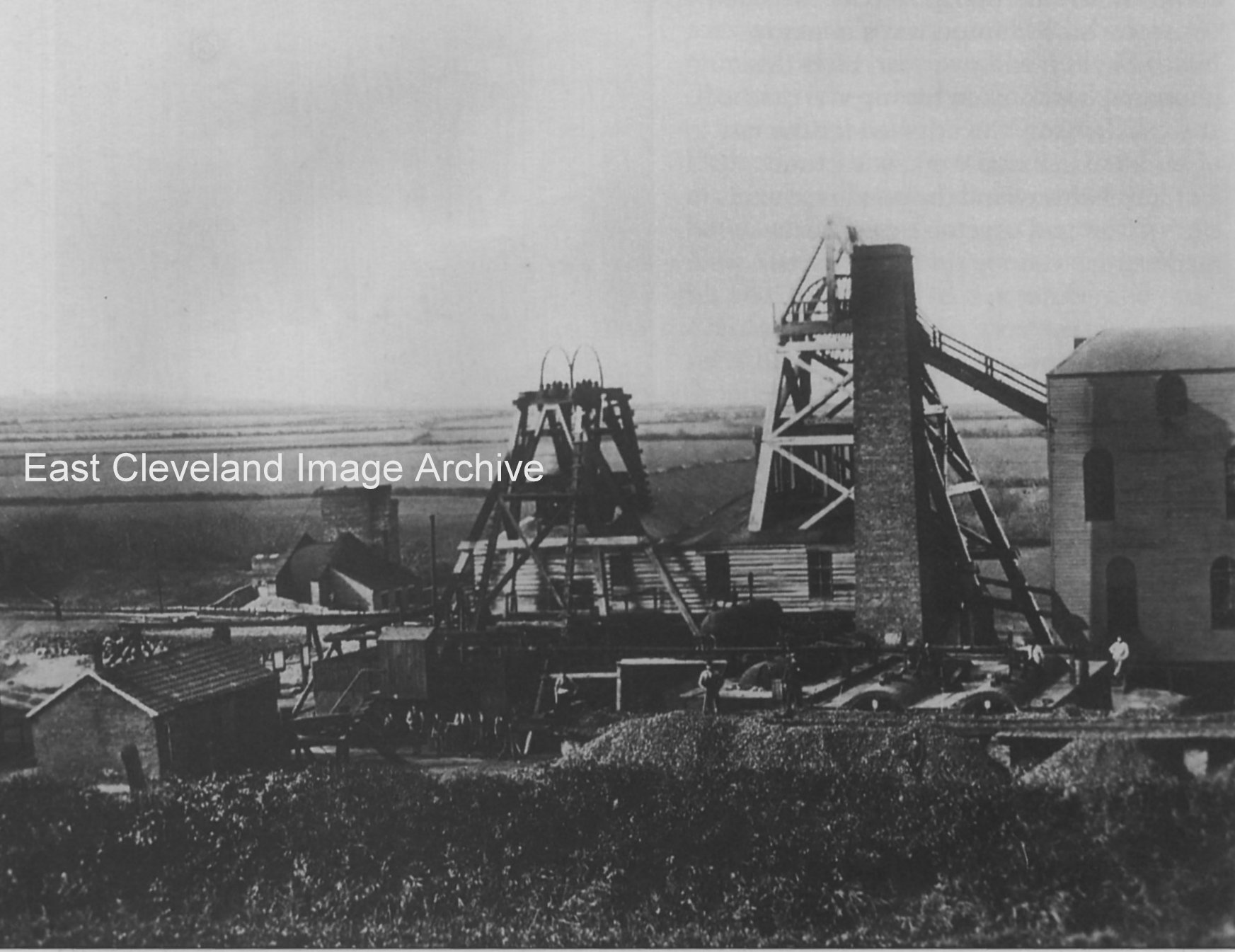
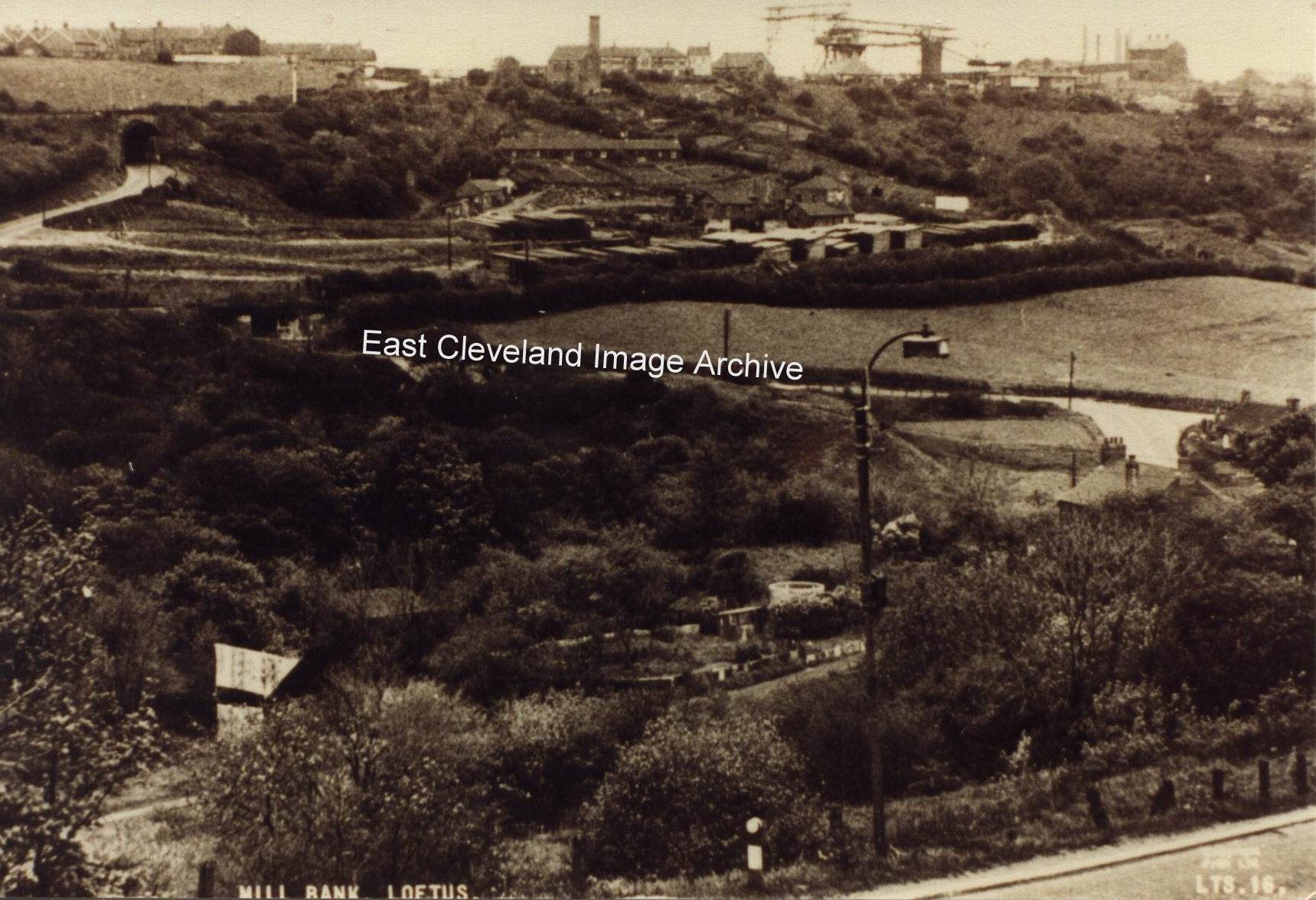
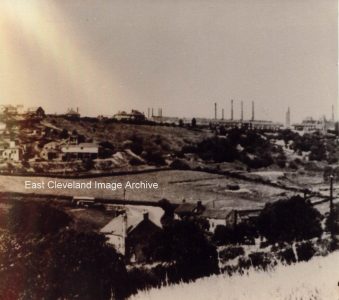
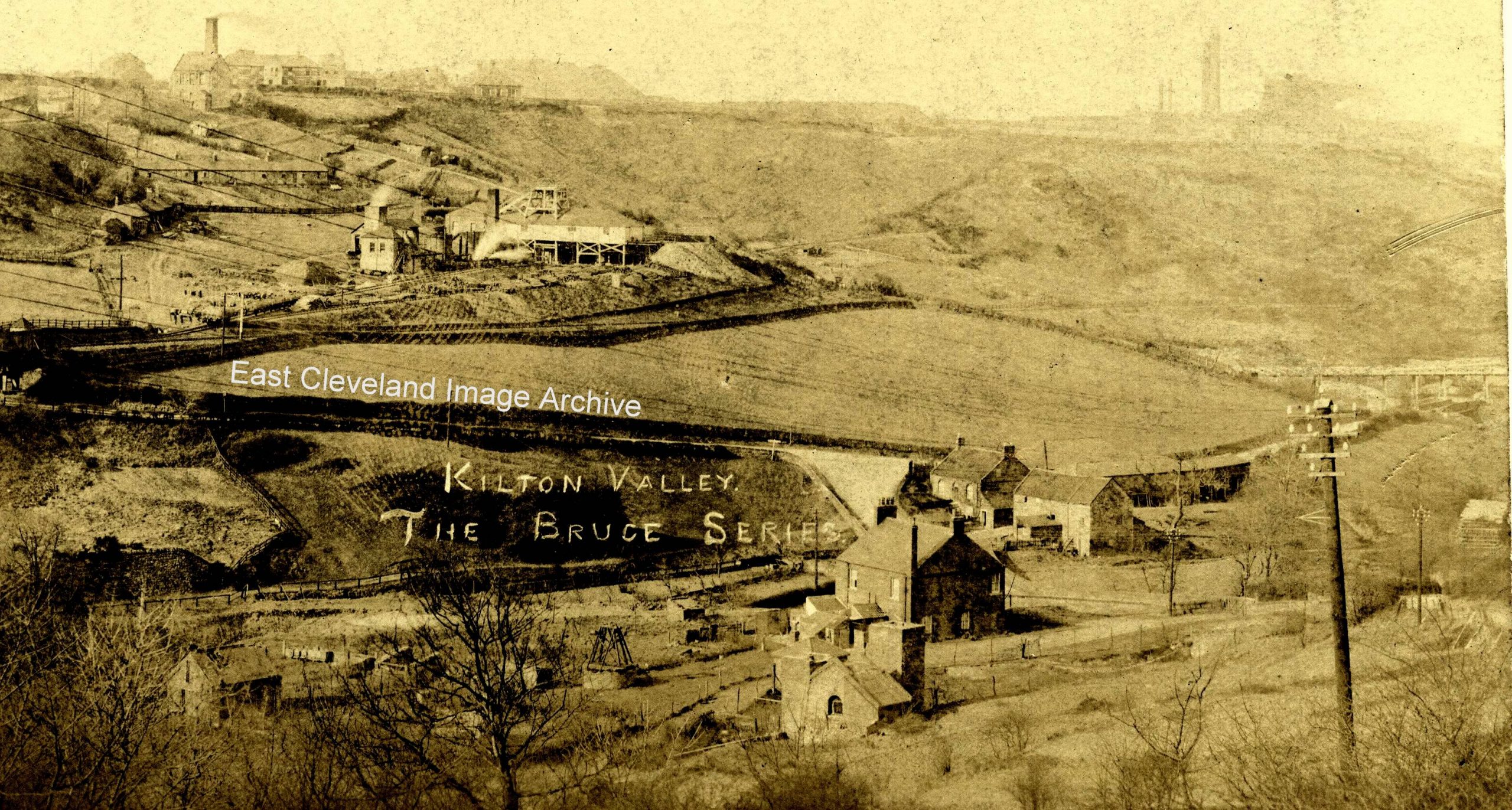
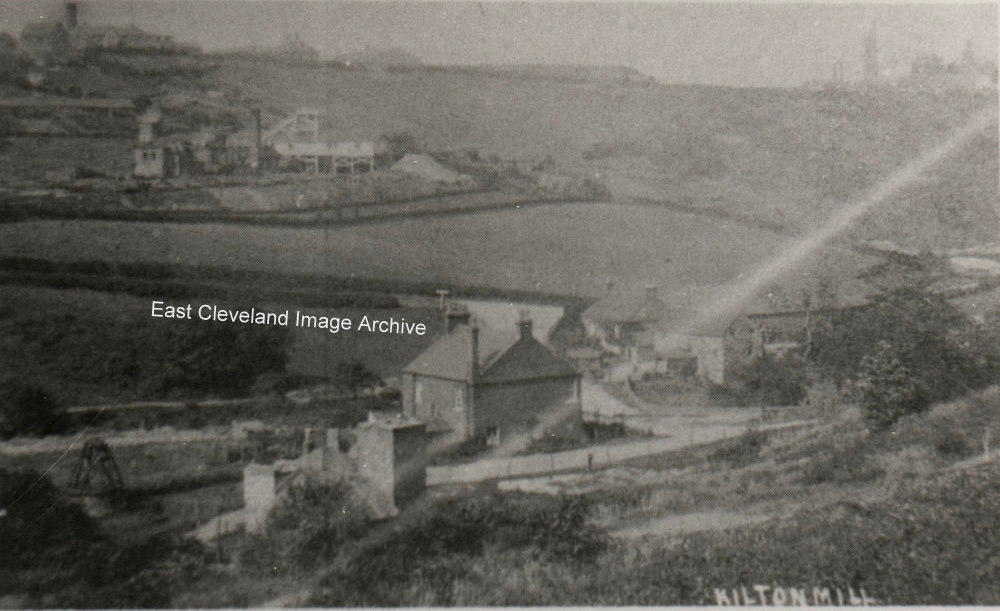
Recent Comments